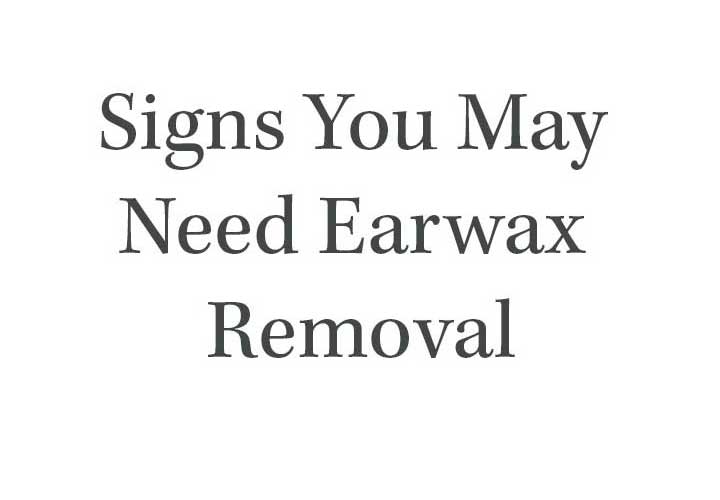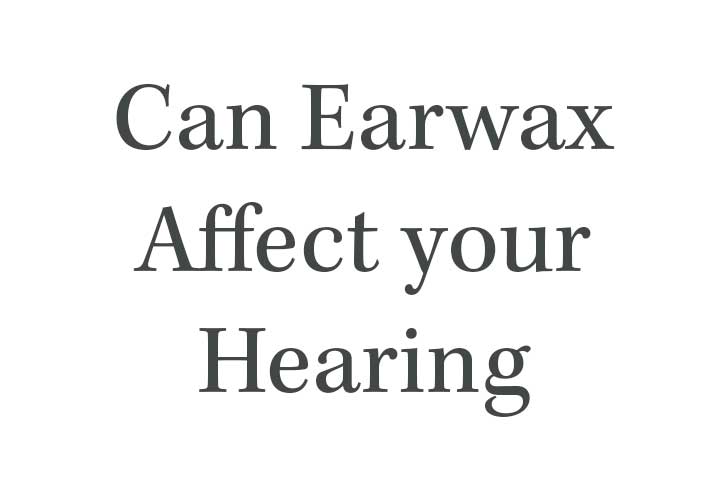Signs You May Need Earwax Removal
Introduction
Earwax is essential for protecting and cleaning your ears, but when it builds up excessively, it can cause discomfort and even health issues. How can you tell if it’s time to have your earwax professionally removed? In this article, we’ll explore the common signs of earwax buildup, what causes it, and why seeking professional help is the safest way to address the problem.
Common Signs of Earwax Buildup
- Muffled or Reduced Hearing:
If sounds start to feel dull or muted, it could be due to earwax blocking your ear canal. This is especially common in cases of excessive wax buildup or compacted earwax, which prevents sound waves from reaching the eardrum effectively. - Earache or Discomfort:
Excess earwax can cause pressure in the ear canal, leading to pain, tenderness, or a feeling of fullness in the ear. This discomfort can become worse if the wax hardens or if you attempt to remove it with cotton buds or other objects. - Tinnitus (Ringing in the Ears):
Earwax buildup can sometimes lead to tinnitus—a persistent ringing, buzzing, or humming sound in your ears. While tinnitus can have other causes, compacted earwax is one of the most common and treatable. - Dizziness or Imbalance:
Your ears play a crucial role in maintaining balance. When wax buildup interferes with the inner ear’s functioning, it can lead to dizziness or a sensation of being off-balance, also known as vertigo. - Itching or Irritation:
A blocked ear canal can feel itchy or irritated, especially if the wax is dry or flaky. Scratching or using objects to relieve the itch can worsen the problem and even risk damaging your ear canal or eardrum. - Unusual Odors or Discharge:
Earwax normally doesn’t smell, but if you notice a strong odor or any discharge from your ear, it may indicate an infection caused by impacted wax. This requires immediate attention from a professional audiologist.
What Causes Earwax Buildup?
Certain factors make some people more prone to earwax buildup, including:
- Narrow or Curved Ear Canals: These can make it harder for wax to exit naturally.
- Using Hearing Aids or Earbuds: Devices that sit in the ear canal can push wax deeper and block its natural removal process.
- Age: As we age, earwax tends to become harder and less mobile, increasing the likelihood of buildup.
- Frequent Use of Cotton Buds: These can push wax further into the ear canal rather than removing it.
Understanding these factors can help you take preventive measures to avoid buildup in the first place.
Why Professional Removal is Important
It’s tempting to try DIY solutions like cotton buds, ear candles, or home syringing kits, but these methods often do more harm than good. Cotton buds, for instance, can push wax deeper, while ear candles are not only ineffective but also dangerous.
Professional methods like micro-suction ensure safe and precise removal without risking damage to your ears. Audiologists use specialized equipment to gently remove wax while ensuring your ear canal and eardrum remain unharmed.
When to Seek Help
If you’re experiencing any of the symptoms mentioned above, it’s best to consult an audiologist. Left untreated, earwax buildup can lead to more severe problems, including infections and long-term hearing issues. Early intervention is key to preventing complications and restoring your comfort and hearing.
Conclusion
Earwax is a natural and essential part of your body’s defense system, but excessive buildup can lead to discomfort and hearing problems. If you notice signs like muffled hearing, pain, or dizziness, don’t ignore them. Book an appointment with a professional audiologist who can safely and effectively remove the wax and help you maintain healthy ears.




